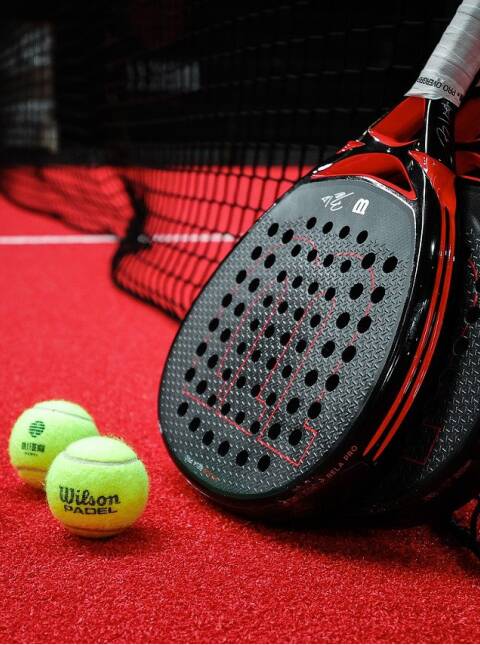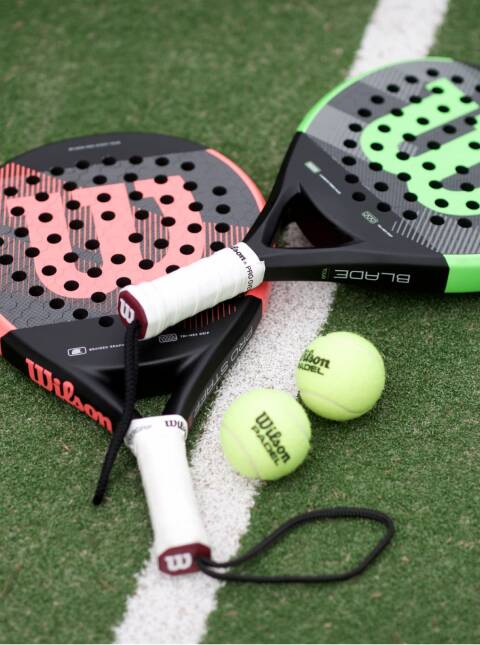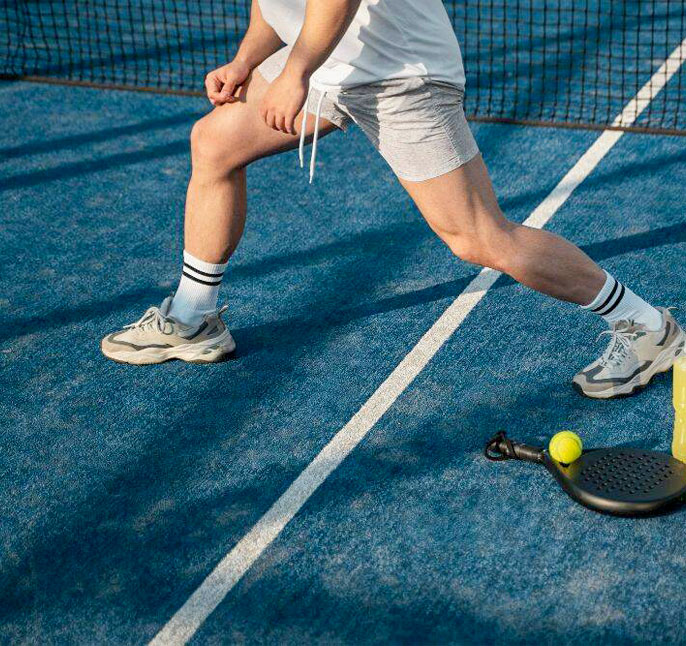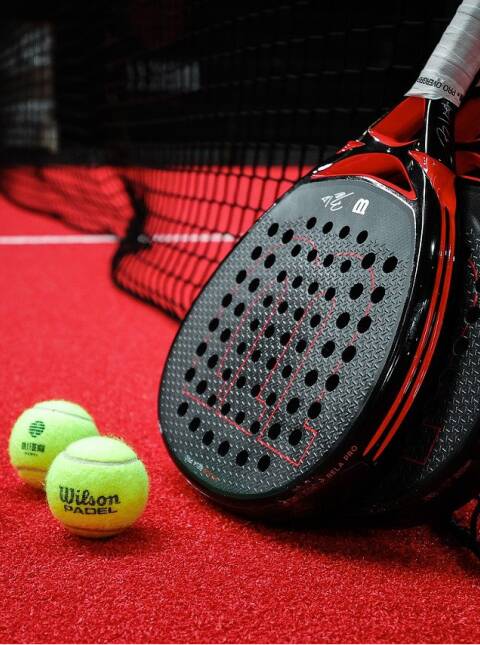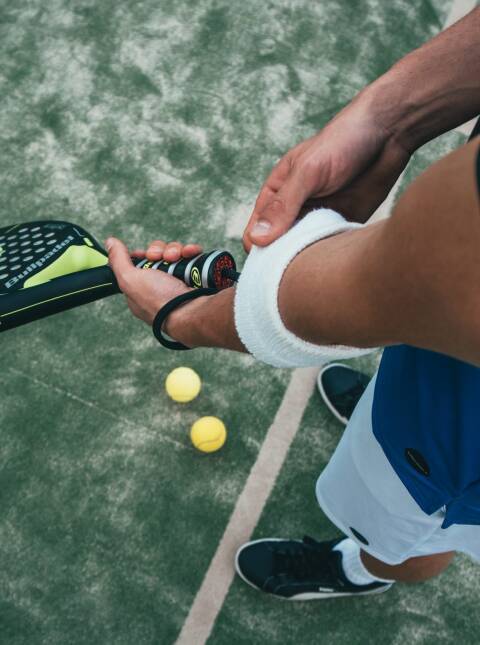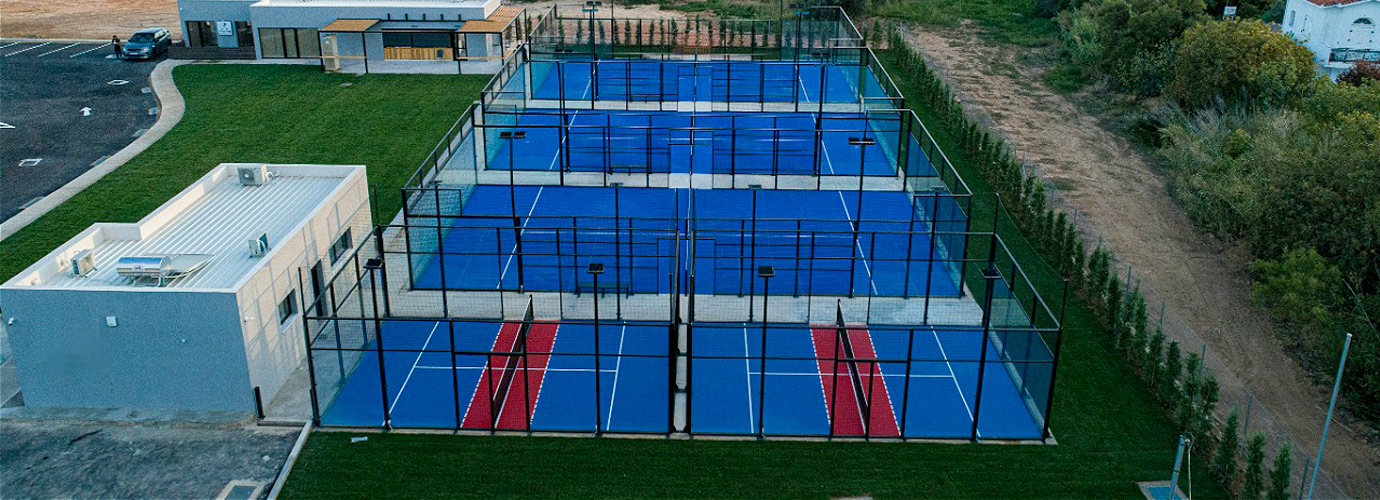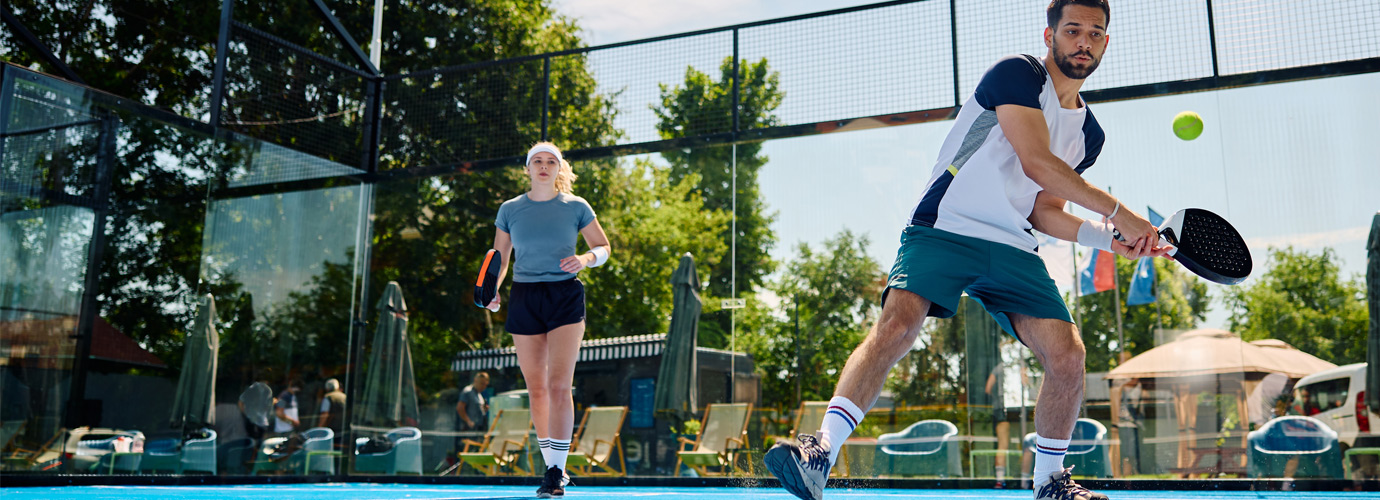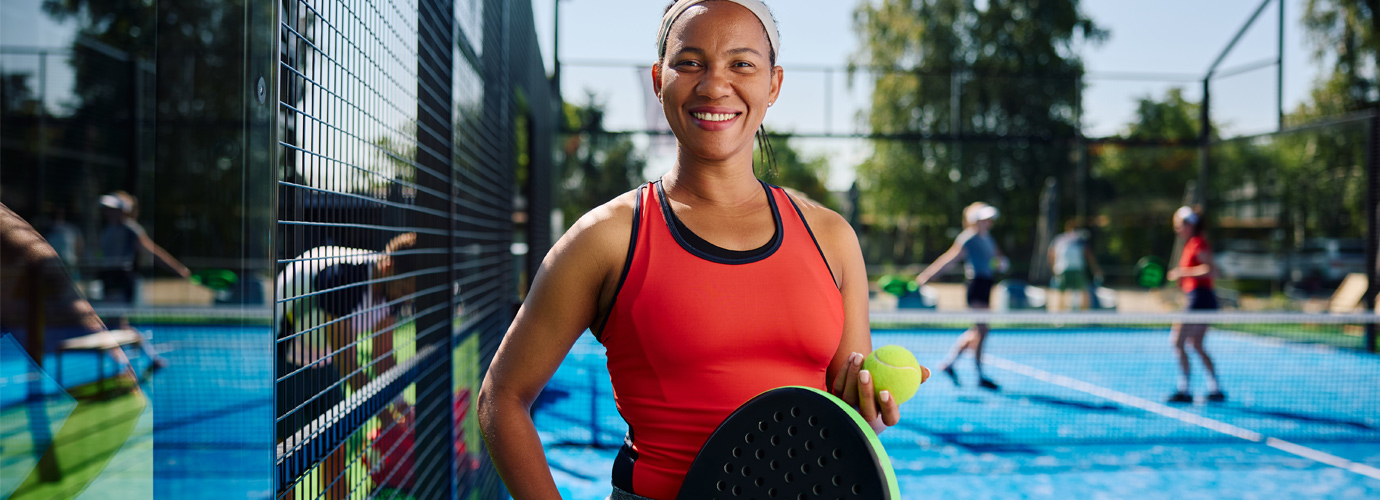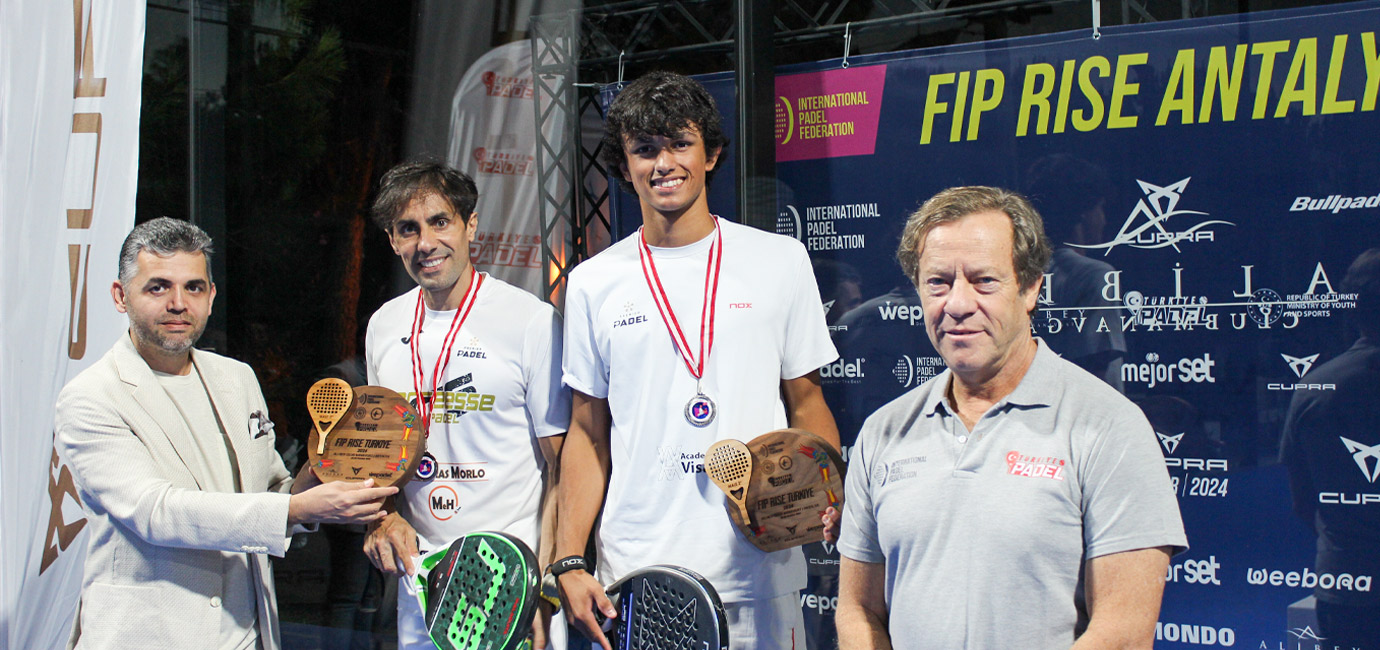
16.04.2025
Padel has rapidly gained popularity worldwide in recent years. However, this rise in popularity has led to confusion around certain terms. Specifically, terms like padel court, padel tennis court, and paddle court are often used interchangeably by users. But are these terms really the same, or do they refer to different concepts?
In this article, we will clarify these terms and provide detailed information about the cost, size, and construction of padel courts.
Padel Court vs Padel Tennis Court
First of all, let’s clarify: padel court and padel tennis court refer to the same sport. “Padel tennis” is the full name of the game, but in practice, it is commonly referred to simply as “padel.” Therefore, there is no difference in meaning between the terms padel court and padel tennis court.
Both refer to courts with the following features:
- Enclosed on all four sides with glass and metal mesh fencing
- Allows gameplay off the walls
- Primarily played in doubles format
- A game area combining elements of tennis and squash
Difference Between Paddle Court and Padel Court
This is where things can get a bit more complex. The term paddle court can mean different things in different countries. There are two main distinctions:
- American Paddle Tennis: In the U.S., the sport known as “paddle tennis” differs from padel in both rules and court structure. It is played on a smaller court, with solid paddles that have larger holes, and typically on a single-level surface. Walls are not used.
- In Spain and Latin America – Paddle = Padel: In Spanish-speaking countries, the word “paddle” is often used to refer to the sport of padel. So in places like Spain or Argentina, paddle court essentially means padel court.
In summary:
- In Europe, especially in Turkey, paddle court ≠ padel court
- In Spain, Argentina, and similar regions, paddle = padel
This regional language difference is what often causes confusion.
What is a Padel Court?
A padel court is an enclosed playing area designed specifically for the sport of padel. It resembles a tennis court in concept but is smaller and enclosed with glass and mesh walls.
Key features include:
- Size: 20 meters long x 10 meters wide
- Enclosure: Glass walls at the back and partial sides; the rest covered with mesh fencing
- Net: Positioned in the center, similar to tennis but slightly lower
- Surface: Artificial turf or acrylic, optimized for grip and bounce
Padel courts are usually used for doubles matches, and the walls are actively involved in gameplay — players are allowed to hit the ball off the walls, much like in squash.
How Big is a Padel Court?
According to the International Padel Federation (FIP), standard padel court dimensions are:
- Length: 20 meters
- Width: 10 meters
- Side wall height: 3 meters of glass + 1 meter of mesh
- Back wall height: 3 meters of glass
This compact size makes the sport more dynamic and less physically demanding than tennis, making it accessible to a wider age group and fitness level.
How Much Does it Cost to Build a Padel Court?
The cost to build a padel court can vary depending on several key factors:
1. Type of Court
- Indoor Court: Requires steel structure, roof, and lighting – typically more expensive
- Outdoor Court: More economical but needs proper drainage and UV-resistant materials
2. Court Components
- Steel structure
- Tempered glass walls
- Artificial turf
- LED lighting system
- Drainage infrastructure
- Mesh fencing and gates
3. Average Cost Estimates
|
Court Type |
Approximate Cost (EUR) |
|
Basic Outdoor Court: |
€20,000 – €28,000 |
|
Premium Outdoor Court |
€28,000 – €35,000 |
|
Indoor Court (Turnkey) |
€40,000 – €60,000 |
Note: These prices may vary depending on local regulations, land conditions, and branding customizations.
How to Build a Padel Court?
Building a padel court involves multiple technical and administrative steps. Here's a step-by-step overview:
1. Planning and Permits
- Check local zoning regulations
- Obtain necessary construction permits
2. Ground Preparation
- Level the ground
- Install foundation and drainage systems
3. Steel Structure Installation
- Erect steel posts and framing
- Ensure structural integrity and compliance
4. Glass and Mesh Installation
- Install 10mm or 12mm tempered glass panels
- Add mesh fencing to the remaining perimeter
5. Playing Surface
- Install artificial turf (typically 12–15 mm fiber)
- Fill surface with silica sand
6. Accessories
- Mount the net posts and center net
- Install LED lighting for nighttime play
7. Quality Control and Testing
- Test bounce consistency, wall durability, and lighting functionality
Companies like WePadel offer full turnkey solutions covering all these steps. They ensure compliance with FIP standards while delivering safe, durable, and visually striking padel courts.
Which Term Should You Use?
If you're planning to invest in or build a padel court in Turkey or elsewhere in Europe, the most accurate and widely accepted term is "padel court."
Padel tennis court is also acceptable and means the same thing. However, the term paddle court can refer to different sports depending on the region and should be used with caution to avoid confusion.
Thinking of Building a Padel Court?
At WePadel, we produce and install world-class padel courts and manage your project from start to finish.
Get in touch with us today and step into the world of padel!
